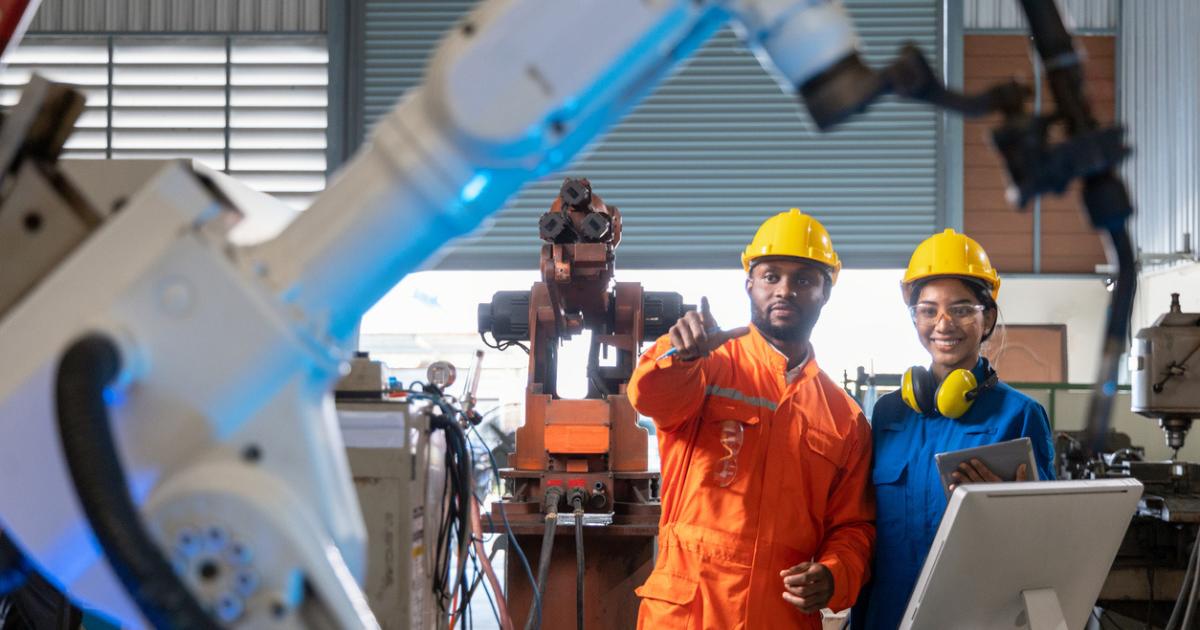In today’s competitive manufacturing landscape, agility and efficiency are paramount to success. Robotic Systems Integration has emerged as a transformative strategy for businesses aiming to enhance operational flexibility and production throughput. At ONExia Inc., we specialize in integrating collaborative robots and automated systems that streamline operations across various industries, with a special focus on food & beverage and pharmaceutical sectors.
Key Benefits of Robotic Systems Integration
Integrating robotic systems into your manufacturing operations can yield significant benefits:
-
- Packaging Robots: These collaborative robots can erect and pack cases. They can also assemble parts prior to packing swiftly.
-
- Palletizers: Efficiently stack and organize products onto pallets, ready for shipment.
-
- Custom Machines: Custom machines built from robotic cells by ONExia using components from leading manufacturers like Doosan, FANUC, and Universal Robots enhance bespoke automation solutions.
Integration Services
Implementing these technologies requires expert integration services to ensure that all components of the robotic systems are harmoniously synchronized with existing manufacturing setups. This integration is crucial for maximizing the return on investment in automation technologies.
Bullet Points on Robotic Integration
- Design & Customization: Tailoring automation solutions to meet specific industrial applications and challenges is crucial for maximizing efficiency. Our approach involves a detailed analysis of your existing processes to design custom solutions that integrate seamlessly with your operations. Whether it’s modifying robot paths or customizing gripper designs, we ensure that each solution perfectly aligns with your unique production needs.
-
- Installation & Setup: The installation and setup of robots are executed with precision to ensure seamless incorporation into your manufacturing line with minimal disruption to ongoing operations. Our team of experts handles everything from spatial planning and system configuration to final testing, ensuring that the robots are perfectly synchronized with your production processes from day one.
-
- Maintenance & Support: Providing ongoing maintenance and support is essential to ensure that robotic systems operate at peak efficiency. Our dedicated support team offers regular maintenance checks, updates, and troubleshooting to minimize downtime and extend the lifespan of the automation equipment. This proactive support helps in maintaining system performance and productivity long after the initial installation.
Securing Robotic Operations
As industries increase their reliance on automated systems, securing these technologies against cyber threats is critical. Businesses must prioritize cybersecurity to protect their operations from potential risks and learn how manufacturers can minimize risk and ensure safe operations.
Building a Successful Integration Partnership
Choosing the right partner for robotic systems integration is vital. A skilled integrator like ONExia Inc. not only provides the necessary technology but also ensures that it aligns perfectly with your operational goals. We can help you understand the benefits and strategies of successful integration.
Embrace Automation for Competitive Advantage
In conclusion, integrating robotic systems offers a strategic advantage by enhancing manufacturing agility and efficiency. Whether it’s in packaging, palletizing, or custom automation, the right robotic solutions can transform your production processes, making them faster, safer, and more adaptable to market changes.
Contact us today to discuss your automation needs.
-
- Accurate Dosing and Assembly: Robots excel in handling sensitive materials with exceptional accuracy, crucial for industries like pharmaceuticals where precision dosing and assembly are mandatory. These automated systems meticulously measure and dispense exact quantities, assemble components with precision, and ensure packaging integrity, which are essential for maintaining product efficacy and patient safety throughout the product’s shelf life.
-
- Contamination Reduction: Automated systems are designed to minimize human contact, significantly reducing the risks of contamination. This is particularly critical in clean environments such as pharmaceutical and food production where purity is paramount. By deploying robots, manufacturers can maintain a sterile environment more effectively, enhancing product safety and compliance with health regulations, and ultimately protecting consumer health.


